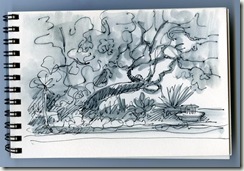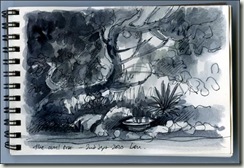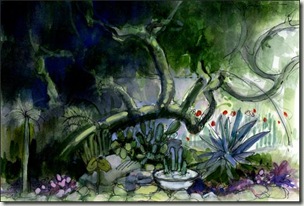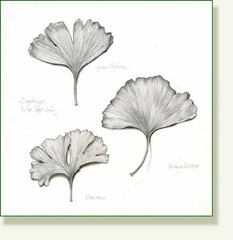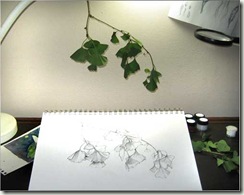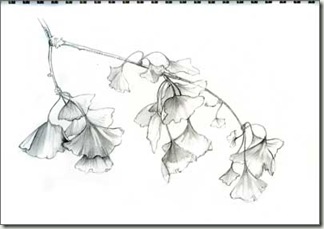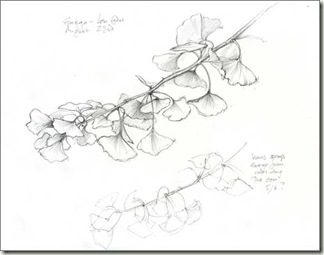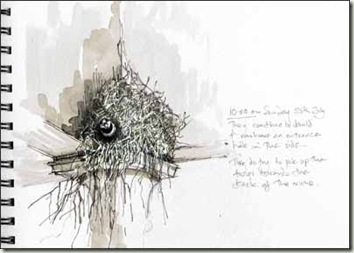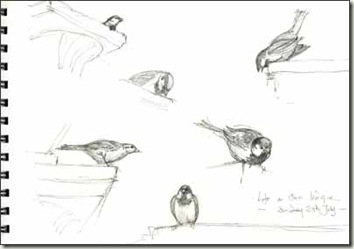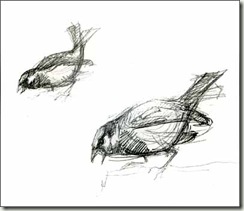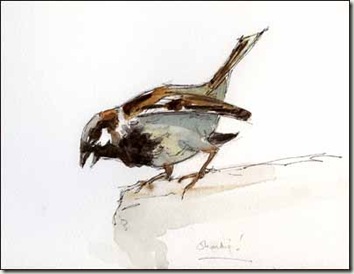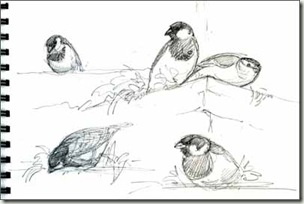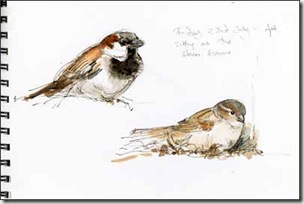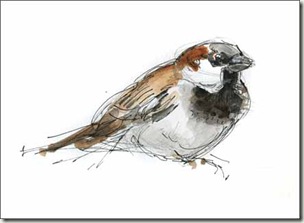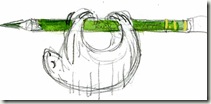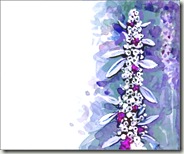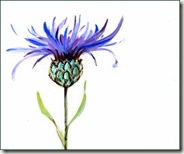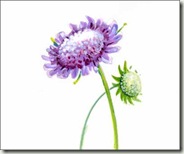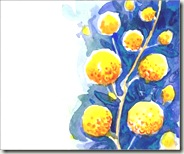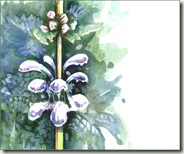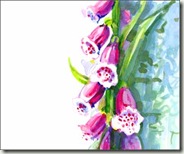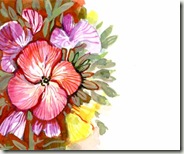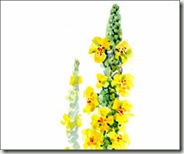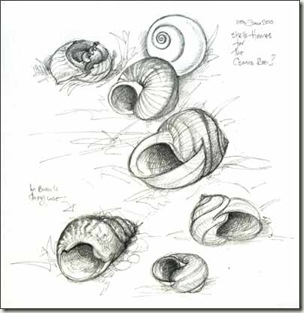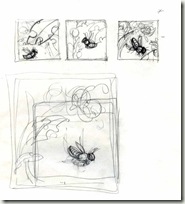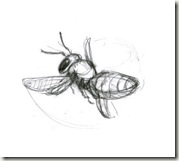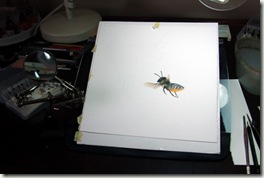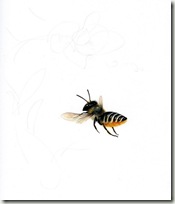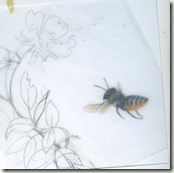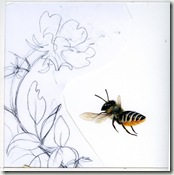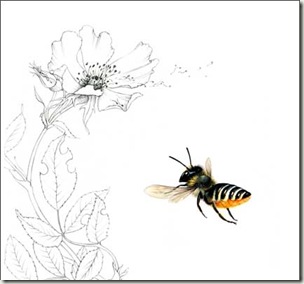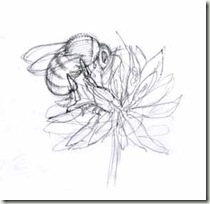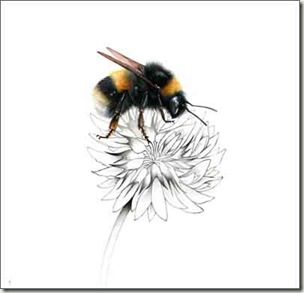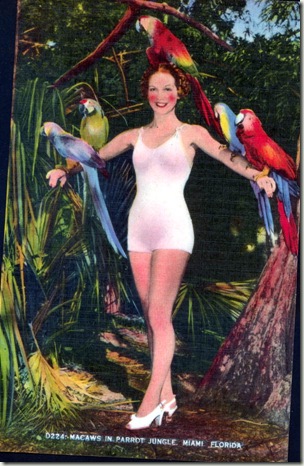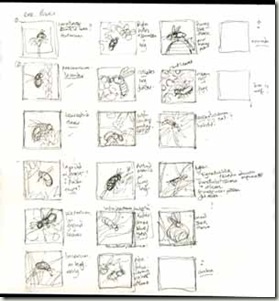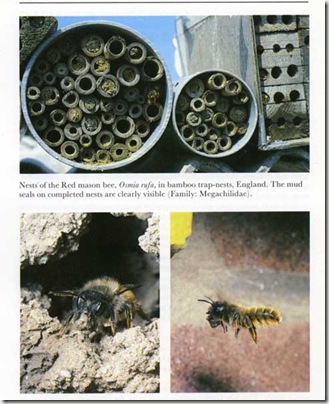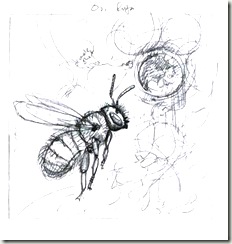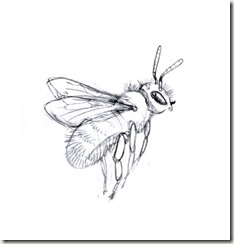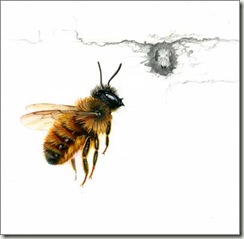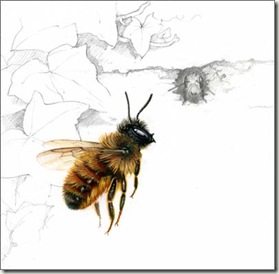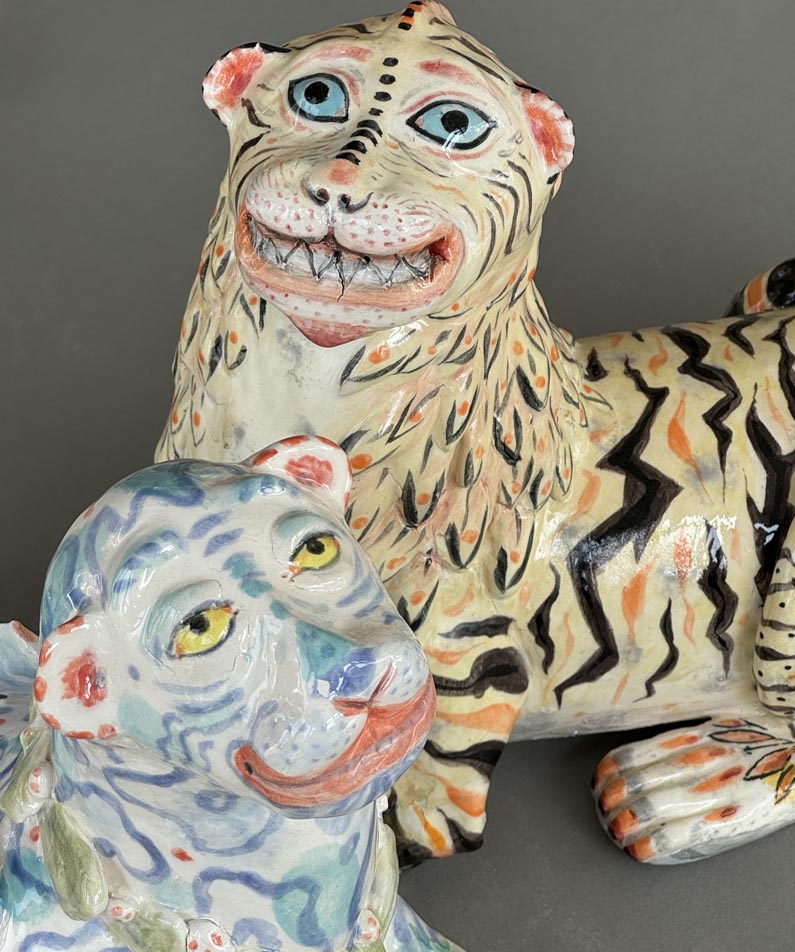I have written before about these delightful bees in my post “The Leafcutter Bee: Can Opener of the Bee World” so no need to repeat myself, and I don’t have much time either.
I have made a rather slow start to this next lot of bees.
But you can, and should, go and watch two wonderful short films by the BBC Natural History Unit of these amazing bees chewing round holes in rose leaves and transporting the huge pieces back to their nests where they form them into leafy cocoons for their little ones.The speed is quite astonishing.
The films, complete with cooing wood pigeon soundtrack, are on the excellent site Arkive http://www.arkive.org/megachile-leaf-cutter-bee/megachile-centuncularis/video-09.html.
Leafcutter bees don’t rely only on rose leaves but use also birch, ash, beech and many other leaves. (I have read that the serrated edge is significant but am not sure about it, but I can see how it might give them a good starting point).
Megachile concinna in Jamaica uses bougainvillea bracts and in the USA Megachile umatillensis uses evening primrose petals, how pretty!
There are several species in the UK but the most commonly seen are, Megachile centuncularis (the one I am painting), and Megachile willughbiella.
The Slow Megachile Painting Slow decisions… Day one… Tuesday
This particular painting has taken me an agonisingly long time.. mainly because I kept changing my mind. Sometimes I know exactly what I want to do, but now I have to consider the paintings as a set and make sure I get a variety of poses and compositions etc. My very first thumbnails done back in Feb were a good guide but I have already altered one or two.

First British Bee Thumbnails
I knew I wanted to include the rose leaves with the cut out circles because Megachile centuncularis is also known as the “rose leaf cutter bee” due to her partiality to roses.
So I made more thumbnails and initially chose to work on one with the bee flying away from the rose, mainly because I really wanted a more front face view. But, if she were flying away from the leaves, she should really be carrying a piece of leaf.


I pondered all this, spent half a day going down this route and then I decided against it. The bees carry the leaves clasped between their jaws and held with their legs which does to be honest, look rather strange, especially if this is your first encounter with a leafcutter bee.
So I changed the view to her flying towards the rose in eager anticipation of a bit of leaf chewing…I had tried the wings in different positions too but liked the anticipation of the forward position, they are almost like welcoming open arms.


I am a bit sad to lose the engaging front view eye contact .. but it makes more sense. Also, as I did with the Leu Gardens exhibition I will be having explanatory notes to accompany the work, so I think I will include a drawing of her carrying the leaf there. But it has taken me a day to get this far.
Slow painting… Day two… Wednesday …
At the side of the board is one of my boxes of bees with a little leafcutter under the magnifying glass. It’s a really pretty bee with such personality. Like all of them they take a full day to draw out and paint. So much work for something so small!


Slow drawing…. Day three… Thursday
I really thought today was going to be easy because all I have to do is draw the rose.. I went and found some rose leaves nearby, looked at my Leu photos for a nice single rose and then just couldn’t decide how to arrange them together.
I tried what seemed like a million different variations of flower angles and leaf arrangements.. these are just two which I was quite happy with, Up a bit…. down a bit …


But I eventually realised that I was uneasy with the scale.. so enlarged the rose a bit and then felt a lot happier but its now 1.30pm. sigh ..

My biggest problem at this stage is trying to keep everything clean.
With graphite pencils you do have to keep washing your hands and I try to remember to work with paper under my hand. Hazards are everywhere and cups of tea are usually balanced precariously next to me!
However it’s almost finished, perhaps I’ll add a couple more leaves at the bottom but it’s 5.30..enough for today or rather for the last 3 days! I am glad I turned the flower head up, its more optimistic and less watchful on the part of the flower.
While she is turning her head to the sky the little bee can come and help herself to some more leaf curls. Hmm… that smacks a bit of whimsy doesn’t it, a word I dislike intensely… blame it on hours of solitary confinement:
Little Miss Leafcutter off for some Leafcurls 🙂

Watercolour and graphite on Arches HP approx 8 x 8 inches
![[coral+dec.jpg]](https://pencilandleaf.valerielittlewood.uk/wp-content/uploads/2010/09/coraldec.jpg)

